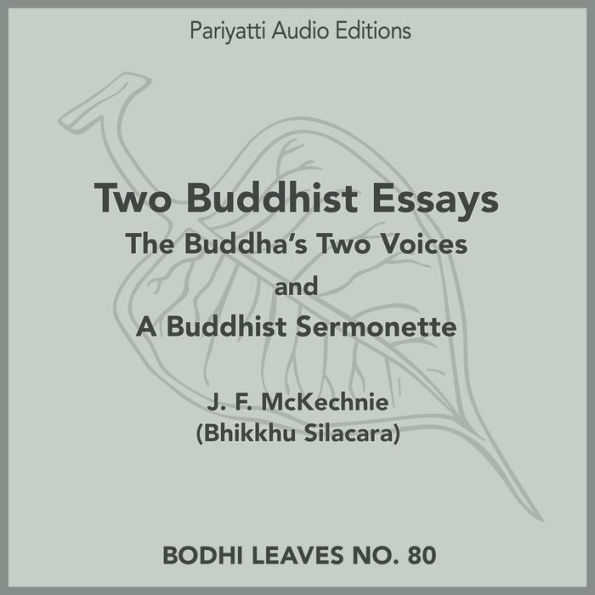As a profound thinker, as the most profound thinker the world has ever known, the Buddha had two ways of speaking to people. At one time he would address them in words that expressed the utmost depth of his knowledge. At other times he would tell them simple things within the compass of their ready understanding, in words that were taken from the ordinary speech used among themselves. In both modes of speech, he spoke what was true. But in the former mode he spoke what was final, ultimate truth and fact; in the latter mode, what was true for the people and the time to and in which he spoke.
We use these words “universe” and “things” because they are terms of current speech, and there are no others available to express more nearly what we mean; but in the Buddhist way of envisaging life there is no “universe” and no “things” in the sense in which these words are ordinarily used. For the Buddhist way of envisaging what is here is one that is not satisfied to skim surfaces, but goes into things, penetrates them, and seeks to find out what they are at the bottom.
As a profound thinker, as the most profound thinker the world has ever known, the Buddha had two ways of speaking to people. At one time he would address them in words that expressed the utmost depth of his knowledge. At other times he would tell them simple things within the compass of their ready understanding, in words that were taken from the ordinary speech used among themselves. In both modes of speech, he spoke what was true. But in the former mode he spoke what was final, ultimate truth and fact; in the latter mode, what was true for the people and the time to and in which he spoke.
We use these words “universe” and “things” because they are terms of current speech, and there are no others available to express more nearly what we mean; but in the Buddhist way of envisaging life there is no “universe” and no “things” in the sense in which these words are ordinarily used. For the Buddhist way of envisaging what is here is one that is not satisfied to skim surfaces, but goes into things, penetrates them, and seeks to find out what they are at the bottom.

Two Buddhist Essays: The Buddha's Two Voices and A Buddhist Sermonette

Two Buddhist Essays: The Buddha's Two Voices and A Buddhist Sermonette
FREE
with a B&N Audiobooks Subscription

Product Details
| BN ID: | 2940176433128 |
|---|---|
| Publisher: | Pariyatti |
| Publication date: | 01/10/2022 |
| Series: | Bodhi Leaves No. 80 |
| Edition description: | Unabridged |
Videos

